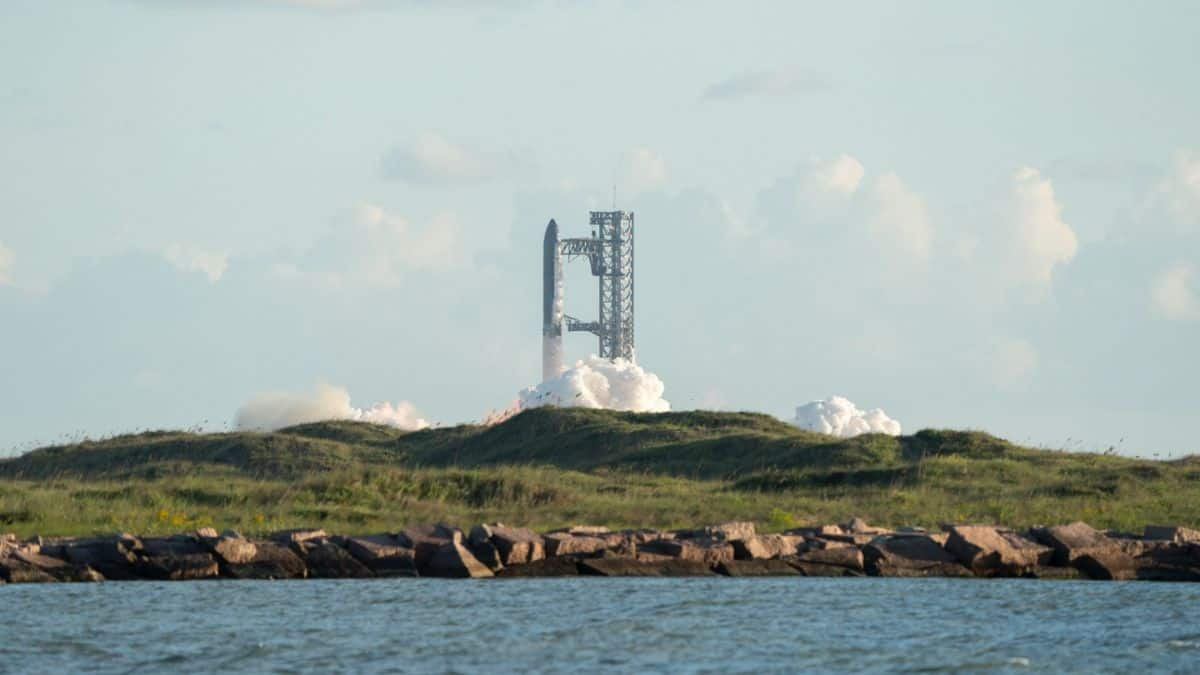The Reusable Design Test
SpaceX's recent mission involved the launch of its eleventh Starship rocket. This launch was a critical step in validating the vehicle's reusable design.
The primary purpose was to test Starship's capabilities for satellite deployment and, eventually, transporting humans to the moon and Mars. The Super Heavy booster made a soft water landing in the Gulf of Mexico, roughly 10 minutes after liftoff. The mission was a pivotal step toward realizing SpaceX's vision of fully reusable spacecraft and deep-space exploration. The goal is to lower the cost of space travel and make ambitious missions, like colonizing Mars, more achievable. The successful test missions are vital for the development of the next generation of space vehicles. This particular flight aimed to perfect various systems to make the process smoother.
Atmospheric Re-entry Tests
A key focus of the recent mission was testing Starship's ability to endure atmospheric re-entry. The vehicle was designed to blaze back through the Earth's atmosphere, subjecting its experimental heat shield tiles to super-hot plasma. These tiles are crucial for protecting the spacecraft during its return to Earth. The mission aimed to gather data on how these shields performed under extreme conditions. The second cluster of dummy Starlink satellites would be deployed during the mission to test the satellites as well. The data collected during these tests would allow SpaceX to refine its heat shield technology. The main objective was to ensure the safety and durability of the vehicle during high-speed re-entry and to have the ship land in the Indian Ocean.
Building on Past Successes
The recent launch followed a series of tests aimed at ensuring the reliability and reusability of Starship. An earlier mission in August had ended a streak of failures earlier in the year. The company has been pushing to stress-test features for its total reusability. The company's progress reflects the determination to overcome previous challenges and improve its vehicle. The goal is to send the Starship stage to space while the Super Heavy stage returns for a soft water landing. The goal is to prepare for more ambitious missions. SpaceX's leadership, including SpaceX President Gwynne Shotwell, expressed confidence in the success of the recent flight. SpaceX is aiming to start launching a more advanced Starship prototype equipped with features tailored for moon and Mars missions.






